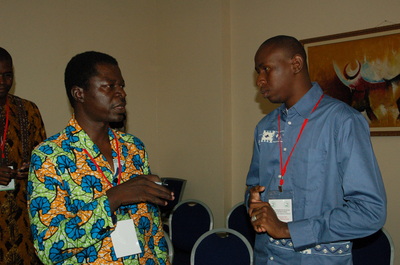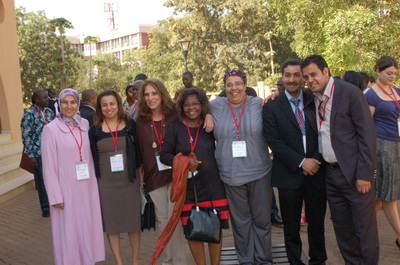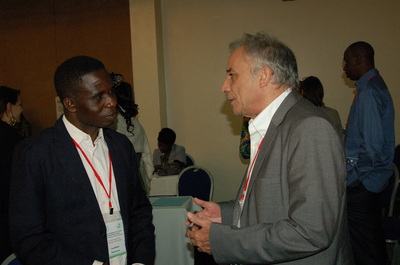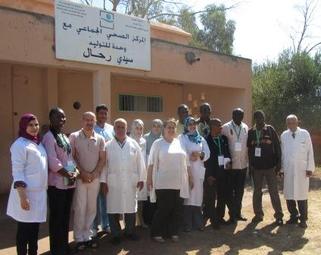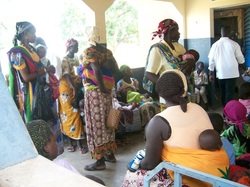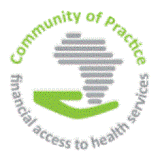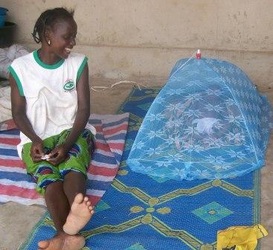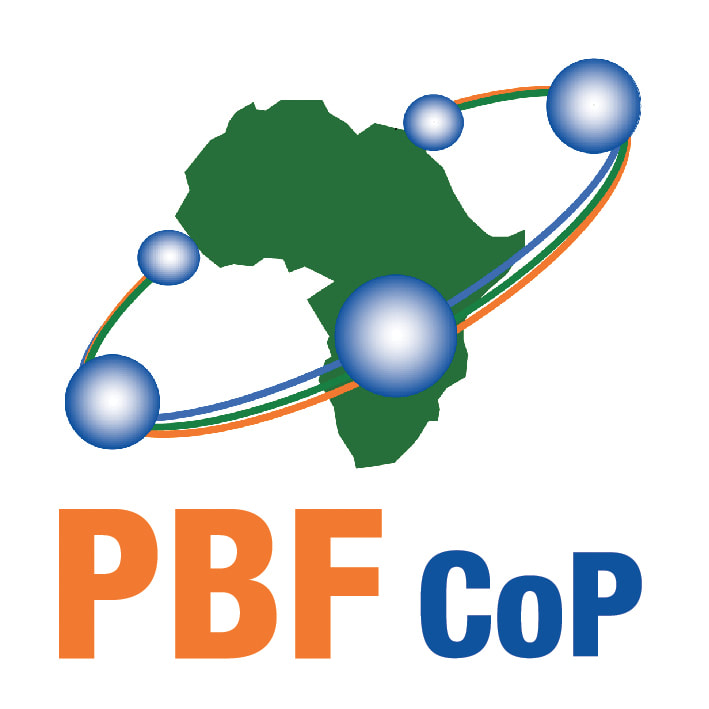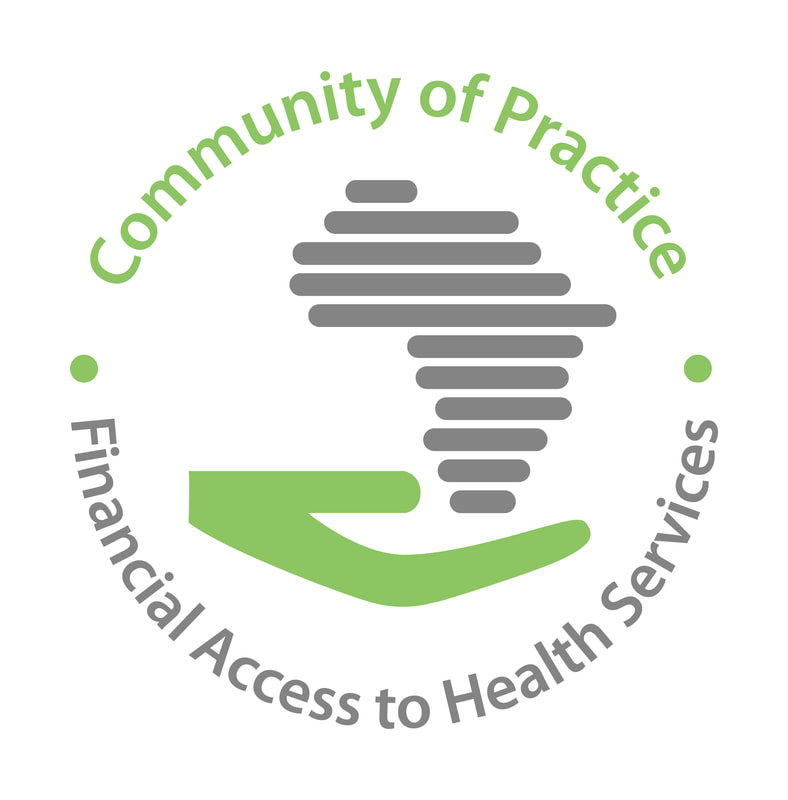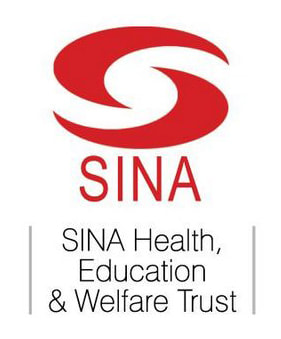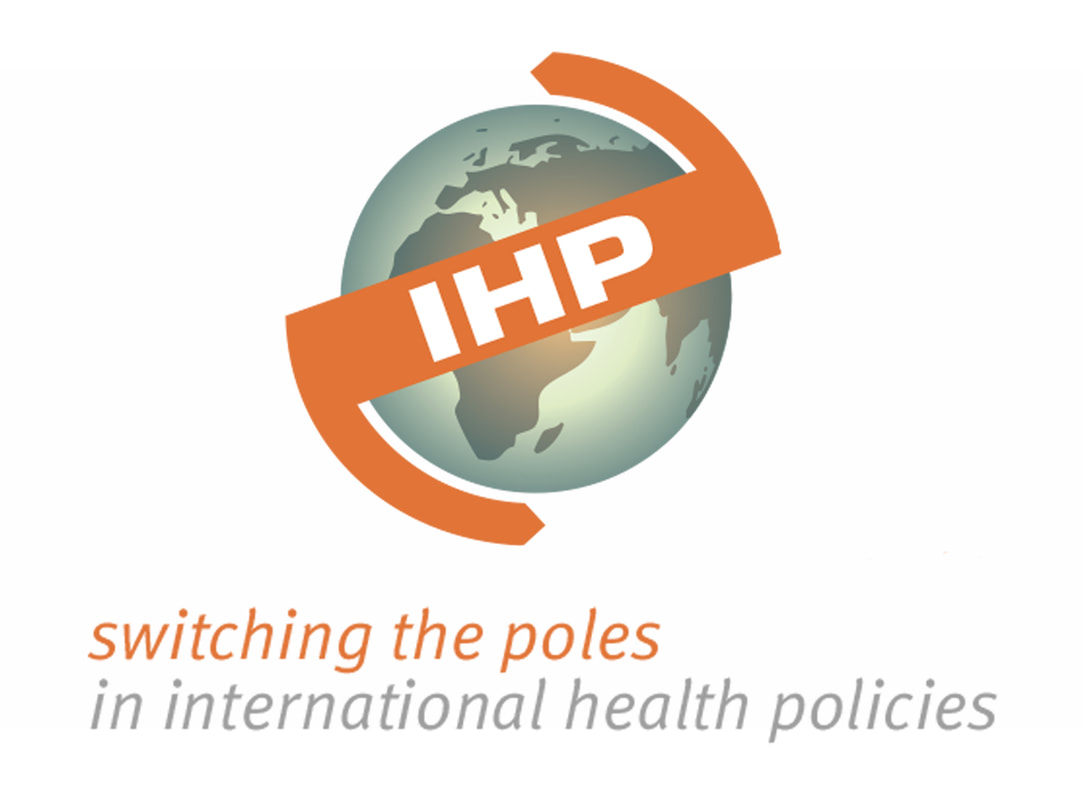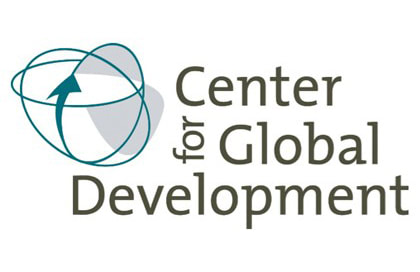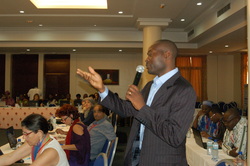
In 2011, the Financial Access to Health Services Community of Practice (FAHS CoP) held a workshop in Bamako to discuss the formulation and implementation of maternal health fee exemption policies. At the end of the workshop, a research agenda was put forth. Two years later, the FAHS CoP, alongside several academic partners, gathered again to take stock, this time in Ouagadougou, Burkina Faso.
A conference to assess the effectiveness of fee exemption policies
This time, our focus was on evaluating the effectiveness of these policies. Have they had a positive impact on maternal health? Have they had a protective effect on households against catastrophic health expenses? How well have they been integrated into health systems?
Plenty of stakeholders showed interest; more than 120 participants gathered in Ouagadougou: high-level decision makers, front line implementers of fee exemptions, researchers, and representatives of both bilateral and multilateral, governmental and non-governmental institutions.
It turned out to be an exciting week of activities structured in an innovative 1+3+1 format (field visit on the first day, then 3 days of presentations and debates, and a training session on the last day, with each person free to choose the program of events that suited him/her). A clear highlight was the fact that the French Minister delegate for Development, Monsieur Pascal Canfin, and the Minister of Health from Burkina Faso, Monsieur Léné Sebgo, presided over the conference’s closing session – a major political recognition for our CoP!
Policies that are working
For more than 10 years now, numerous African countries have launched fee exemption policies in an effort to achieve the MDGs, but also to reduce out-of-pocket health expenditures.
Content wise, these policies vary from one country to another. The policy in Benin, for example, covers only Caesarean sections, while Burkina Faso’s policy extends coverage to all services during the pregnancy and neonatal period, albeit with a patient co-payment equivalent to 20% of direct costs. In between these two cases, there is a range of combinations.
A lot of the discussions in Bamako focused on the fact that most of the policies were hastily implemented at the national level, without the benefit of a pilot phase, without adequate accompanying measures, and especially without systematic monitoring and evaluation of the impact.
This situation has posed plenty of methodological challenges for researchers, but nonetheless, a number of research programs were undertaken, and against all odds, several research teams managed to document these policies. In recent years, managers and implementers of these policies have accumulated significant tacit knowledge.
The study results presented in Ouagadougou are impressive, and show that exemption policies and subsidies have:
- Resulted in higher utilisation of maternal health services, such as prenatal care and assisted deliveries;
- Shown that insofar as many wealthier women already sought out such maternal health services, the rise in utilisation is particularly obvious for poorer women. This is especially documented in the cases of Burkina Faso and Morocco;
- Led to better access to Caesarean sections with a reduction in post-Caesarean mortality and a significant reduction in unmet need for obstetric services in Benin, Burkina Faso, Guinea and Morocco (though in terms of the quality of the services delivered, there is some variance, as shown by a FEMHealth study in Benin);
- Lessened household out-of-pocket payments for maternity care in Burkina Faso and in Morocco.
We noted the interesting effect on women in one district in Burkina Faso of strengthening their decision-making power within the household (by eliminating the financial worry and providing a clear care-seeking path). Another effect was faster health seeking behaviour among women and their children.
But of course, difficulties remain, and some of the results are mixed. One study documented the problem of health worker overload in Niger. It also appears that in Benin richer women benefit the most from the free Caesarean section policy.
These challenges are most likely not inherent to the fee exemption per se, but to deficiencies in the policy’s formulation and/or implementation within the health system. Implementation challenges are unavoidable, though, and countries are learning as they go.
The clear success of the policy in a country like Burkina Faso is also directly linked to its monitoring and evaluation – its ability to produce data and use these data to adjust policy implementation accordingly.
What is in store: a new generation of more targeted fee exemptions?
In my view, the debate should no longer center on whether one is “for or against” fee exemptions, but should take a country-by-country approach instead.
In countries where fee exemptions and subsidies are working - if the rate of assisted deliveries is high (Burkina Faso and Morocco) - or in a country where those rates were already high (Benin), it is probably time to think about the next step, “second generation models”, where several financing schemes are used in tandem to address a specific challenge.
One example is the inadequacy of exemption policies to reach some vulnerable population groups, who may face other as yet insurmountable obstacles to actually reaching a health facility. I still remember the words of a doctor from Kaya regional hospital during the field visit; “I cannot understand: services are free, but women are still not coming.”
Given the example of the success and effectiveness of “vouchers programs” on utilisation, quality, and equity (an example from Kenya was presented at the conference), it could be interesting, for example, to pair a fee exemption with a “voucher” for the poorest women. Such a combination could strengthen fee exemption policies and make them more effective in terms of reaching the poorest and most vulnerable groups.
This conference also sounded like a (necessary) response to the recent Bonn forum on universal health coverage (UHC). During this three-day forum, a wide range of strategies targeting all dimensions of UHC (population coverage, access, and financial protection) were discussed from efficient service purchasing to insurance systems, from cash transfers to vouchers … just no mention of user fee abolition. UHC is all about responding to increasing demands for better health services, no matter what path towards the goal is chosen, keeping open all policy options, adjusting to the specific circumstances of each country. Exemption/subsidy policies are proven and cannot be left out of instruments for UHC in Africa.
In their closing words at the conference, the French Minister delegate for Development and Burkina’s Minister of Health paid tribute to the CoP’s dynamic approach, emphasizing the importance of substantive exchange among different knowledge holders in order to overcome challenges and succeed in health system reform.
